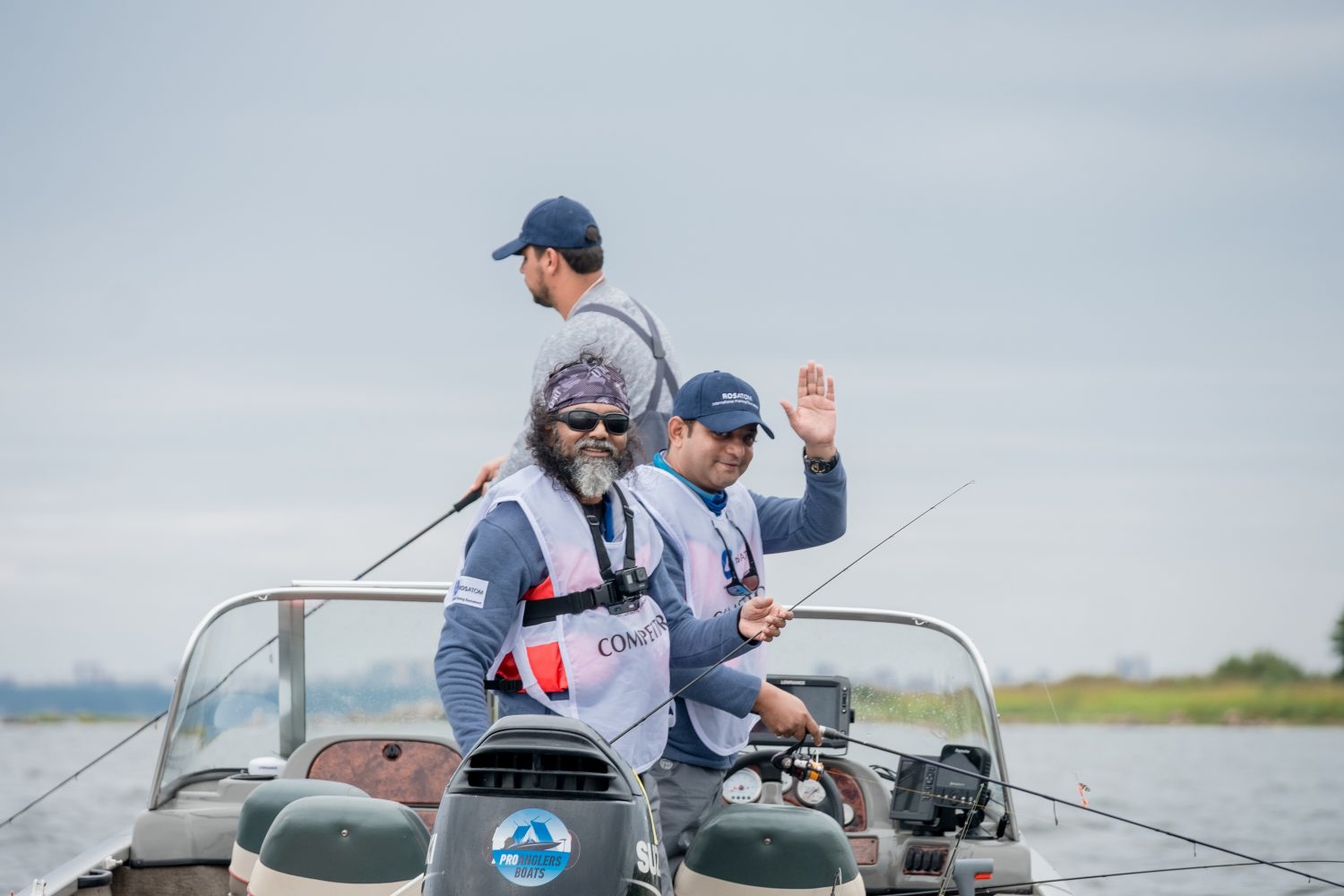
Importance of Training
back to contentsAmged El-Wakeel, Chairman of the Nuclear Power Plants Authority (NPPA), said they expected to obtain a construction permit for El Dabaa NPP in mid‑2022.
The application for El Dabaa construction permit was filed with the Egyptian Nuclear and Radiological Regulatory Authority (ENRRA) in March 2019. By now, the authority has approved a site for the construction of a 4,800 MW nuclear power plant with VVER-type reactors.
The next stage is to finalize the documents and have them reviewed to obtain a construction license. Everything required to obtain the license is done by the Russian company AtomStroyExport (a general contractor of the project) and NPPA. After the permit is obtained, concreting the foundations for the buildings and nuclear island facilities will commence.
Meanwhile, extensive preparations for the construction of Egypt’s first nuclear power plant are underway. Since last July, a sea berth to receive equipment for the plant has been under construction. Amged El-Wakeel stressed that the sea berth had a number of advantages, including time and cost savings, because it would be very difficult to transport heavy equipment by land and land transportation required well-developed infrastructure, such as roads and bridges. The berth is expected to be completed in the first half of the next year.
Most nuclear power plants are built in the vicinity of water bodies, whether natural (as El Dabaa NPP) or artificial. Dr. Yusri Abu Shadi, a nuclear expert and a former chief inspector of the IAEA, in an interview to Al Alam al Youm explained why it was the case. He said that stations generating large amounts of energy needed much water to cool down and liquefy the steam that moved the turbine.
A large body of water nearby is the simplest and best solution for the plant to take cold water from. This is the reason why nuclear power plants are built on the shore of a sea or ocean or, less preferably, near rivers.
As for effects of a nuclear power plant on the water ecosystem, the former IAEA chief inspector explained the cooling loop did not emit radiation because it did not contact the nuclear reactor. Since the primary and secondary coolant loops are separated from one another, the third loop has no contact with radioactive materials, so it cannot affect the environment negatively.
“Safety of a nuclear power plant for coastal and water ecosystems can be illustrated by an international fishing competition organized by the Russian nuclear corporation Rosatom. In 2019, a fishing team from the Matrouh Governorate won the first prize at the competition held in the Gulf of Finland near Russia’s largest Leningrad nuclear power plant. One of the goals of the competition was to demonstrate safety of nuclear power plants for animals and plants living in nearby water bodies. The fishermen caught fish that was subsequently tested for radiation. They had a chance to see for themselves that nuclear power plants do not have a negative effect on the local environment,” Dr. Yusri Abu Shadi pointed out.
AtomStroyExport (ASE) belongs to Rosatom’s engineering division, which is a global leader constructing most of the nuclear power plants abroad and having the world’s largest portfolio of nuclear construction contracts. The division is active in Europe, Middle East, North Africa, and Asia Pacific. ASE’s core activities are project management in the construction of thermal and nuclear power plants, construction and design supervision, and related consultancy services.




